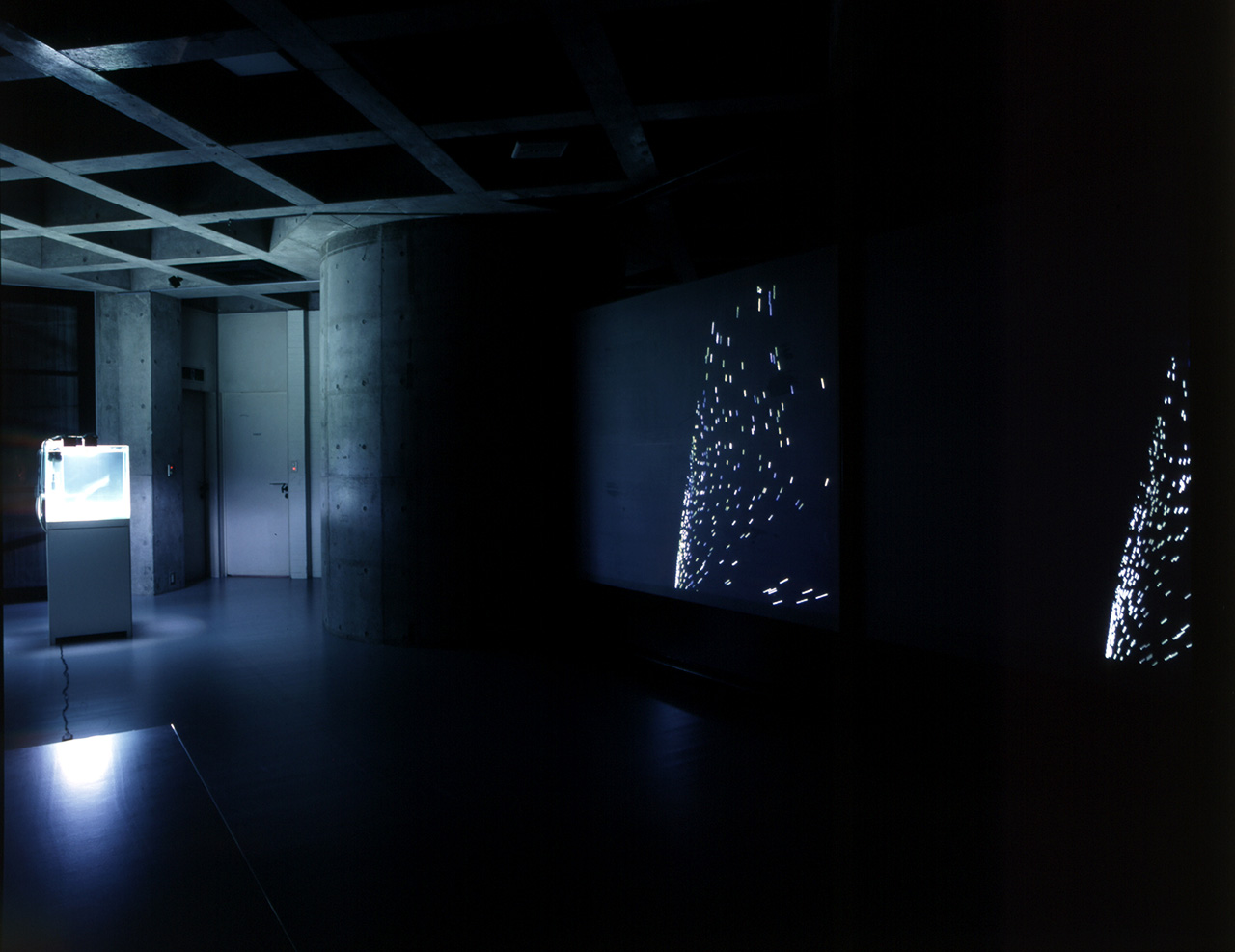“for quite some time, chaos research has recognized entities called chaotic or odd attractors. what is an attractor? in every system in motion, regardless whether it is a pendulum, a planet or a fluid comprised of many discrete particles, the particles move in a time frame on a surface. in a linear non-chaotic system these surfaces are graphical. […] if a dynamic system follows a specific attractor it is predictable. as soon as the starting conditions are determined it is clear how the system will develop for all times. […] in 1963, edward n. lorenz of the massachusetts institute of technology discovered an odd attractor when he analyzed the behavior of fluids. this entity known as the lorenz attractor is a fractal. the consequence: by tracing the trajectories of a system consisting of many particles on the lorenz attractor it will soon become clear that initially very dense conditions are beginning to spread out more and more until they form a homogeneous surface. this is precisely the reason why meteorologists are able to predict the weather conditions in a limited area for a short period of time.” – peter müller in: jürgens, hartmut/peitgen, heinz-otto/saupe, dietmar: chaos und fraktale, heidelberg 1989.
attraktor
- 2002
- real-time data projection of a rossler attractor [program developed by gerry beggs]
- video projector, computer
- dimension variable
